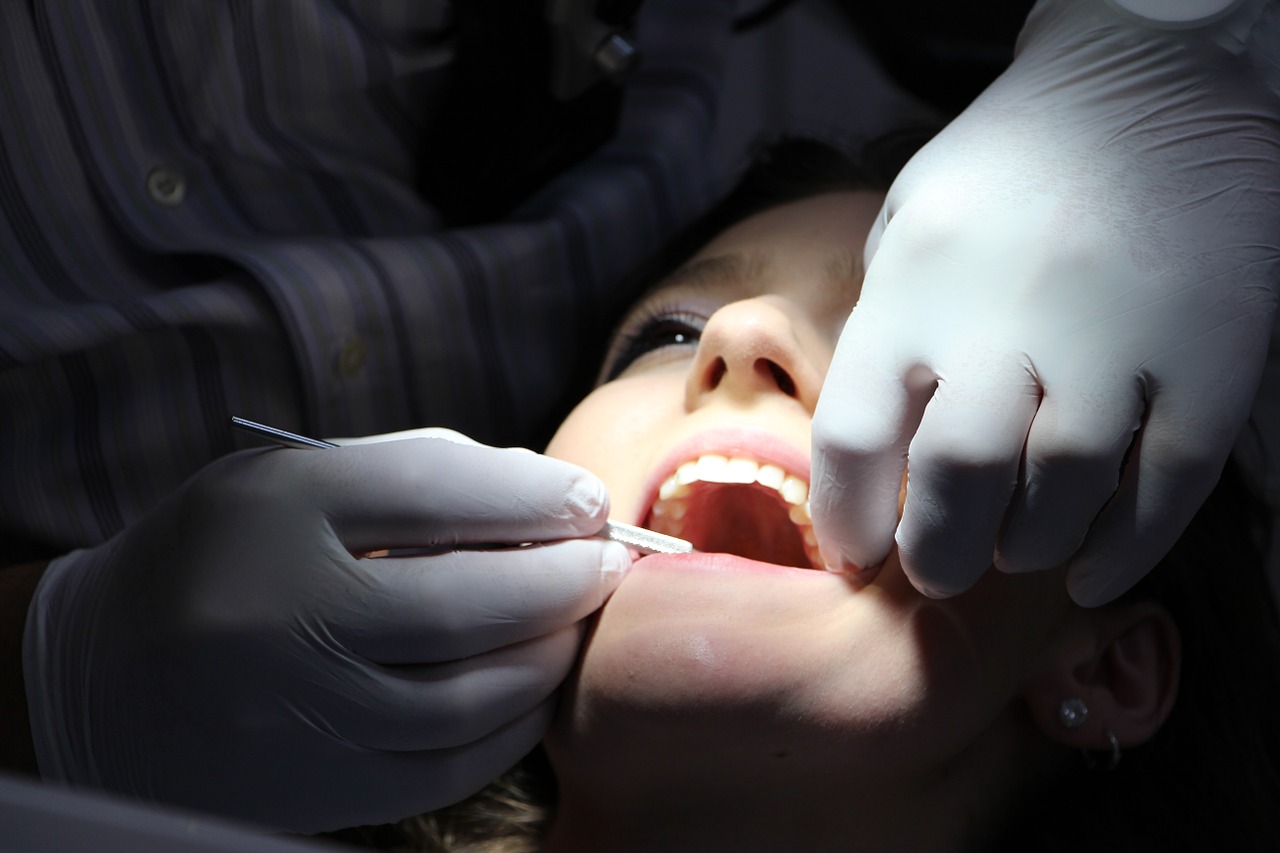GENERAL DENTISTRY WITH SEDATION
Conscious sedation is a minimally to moderate level of depressed consciousness that retains your ability to independently and continuously maintain an airway and respond appropriately to physical stimulation and verbal command. Sedation is produced along a continuum, ranging from relief of anxiety with little or no associated drowsiness up to a state of unconsciousness (general anesthesia). Our dental office does not provide general anesthesia. In providing sedation to our patients for general dentistry, we maintain our patients at a level of low to moderate sedation.
REQUEST AN APPOINTMENT
The Sedation Experience
Minimal sedation is usually achieved by oral sedation and/or nitrous gas and oxygen sedation. They may be used in combination to achieve a moderate level of sedation.
Oral sedation (Ativan or Halcion) is given to the patient and taken an hour before or at the beginning of your dental appointment. With an oral sedative, the patient will experience a relaxed atmosphere, slight drowsiness and decreased anxiety.
Nitrous gas and oxygen sedation is administered through a nose mask usually for the duration of the dental procedure. This type of sedation is safe and the desired effect is achieved by breathing in the gas and is easily eliminated by exhaling. The effect is transient and lasts as long as one breathes in the gas. With this type of sedation, a patient will experience a relaxed atmosphere, drowsiness and decreased anxiety. The side effects can include tingling in the limbs, lightheadedness and nausea.
IV sedation produces a moderate level of sedation by administering a drug (Midazolam-Benzodiazepine) via an IV line into a vein. This drug also produces a profound amnesic effect giving the patient little to no memory of the dental procedure. Side effects can include but are not limited to drowsiness, nausea and vomiting.
Possible Risks & Complications
There is a risk, however small and infrequent, for complications even with the most careful sedation case. The following text is an explanation of some (but not necessarily all) of these possible risks and complications.
Nitrous oxygen sedation, although considered safe as it is inhaled and exhaled, does have associated risks. There is a risk of diffusion hypoxia (decreased oxygen in the body) at the end of the procedure. There is a risk of becoming unconscious and in extremely rare cases, death. The patient is given 100% oxygen for 3-5 minutes at the end of the procedure to prevent diffusion hypoxia.
Both oral and IV sedation, administered following appropriate guidelines, are considered safe in healthy individuals. There is a risk of over sedation which can cause unconsciousness and subsequent damage to internal organs including brain damage and possibly death. The patient’s vitals are continuously monitored during the procedure to prevent oversedation. In addition, at the site of the IV catheter placement, there is a minimal risk of hematoma formation (localized swelling filled with blood) which generally heals on its own.
With both oral and IV sedation there is a risk of being overly sedated when additional sedative medications are taken. It is therefore recommended that the patient not consume alcohol or any other sedative medications within 24 hours after the sedation. Sedation causes a depressed level of cognition and therefore decision making is impaired. A patient should not drive, operate machinery or undertake any activity that requires alertness. Nor should a patient undertake any positions of responsibility or make any important decisions for at least 24 hours after the procedure.

